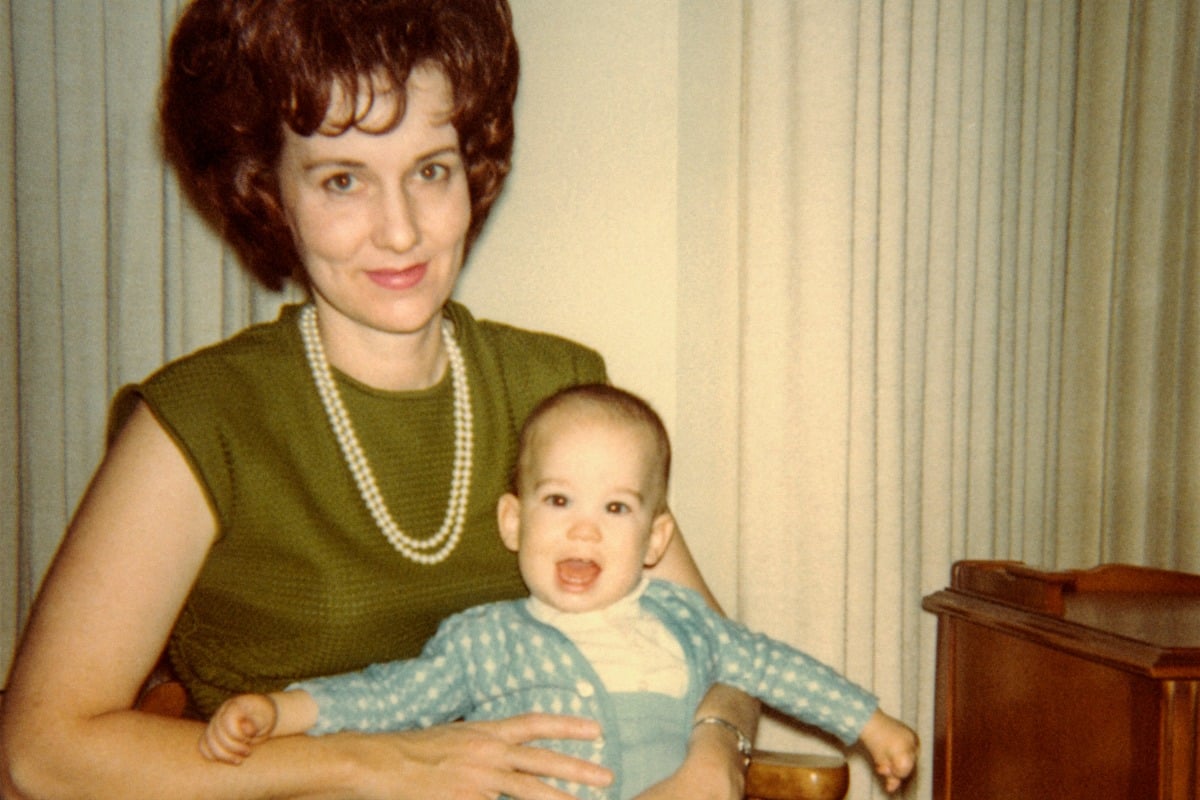
We don’t hear a lot about rubella these days. It’s just the R in the MMR vaccine.
But just a few decades ago, it was a word that was terrifying to pregnant women. If they caught rubella – also known as German measles – in their first three months of pregnancy, they had an 80 per cent chance of miscarrying or having a baby with birth defects.
It was back in the 1940s that a Sydney ophthalmologist, Dr Norman Gregg, became concerned about the high number of babies being brought to see him with cataracts. He heard two mums sitting outside his office discussing how they’d both had German measles when they were pregnant.
Looking into it, he found that nearly all the babies with cataracts had mothers who’d caught rubella in their first trimester. He also noticed that these rubella babies had other things in common. A lot of them had heart defects and were “of small size, ill nourished and difficult to feed”. Many were also deaf.
It was during WWII, and Sydney was experiencing an epidemic of rubella, which had begun among soldiers in army camps and spread into the rest of the community.
The Quicky explores the latest anti-vax movement. Post continues after podcast.
Dr Gregg gathered his evidence about the effects of rubella on unborn children and presented it to an international meeting of eye surgeons. Many of the overseas surgeons doubted him, but eventually they had to accept that this Australian had made a major breakthrough. It would be another two decades, though, before a vaccine came along.




























































































